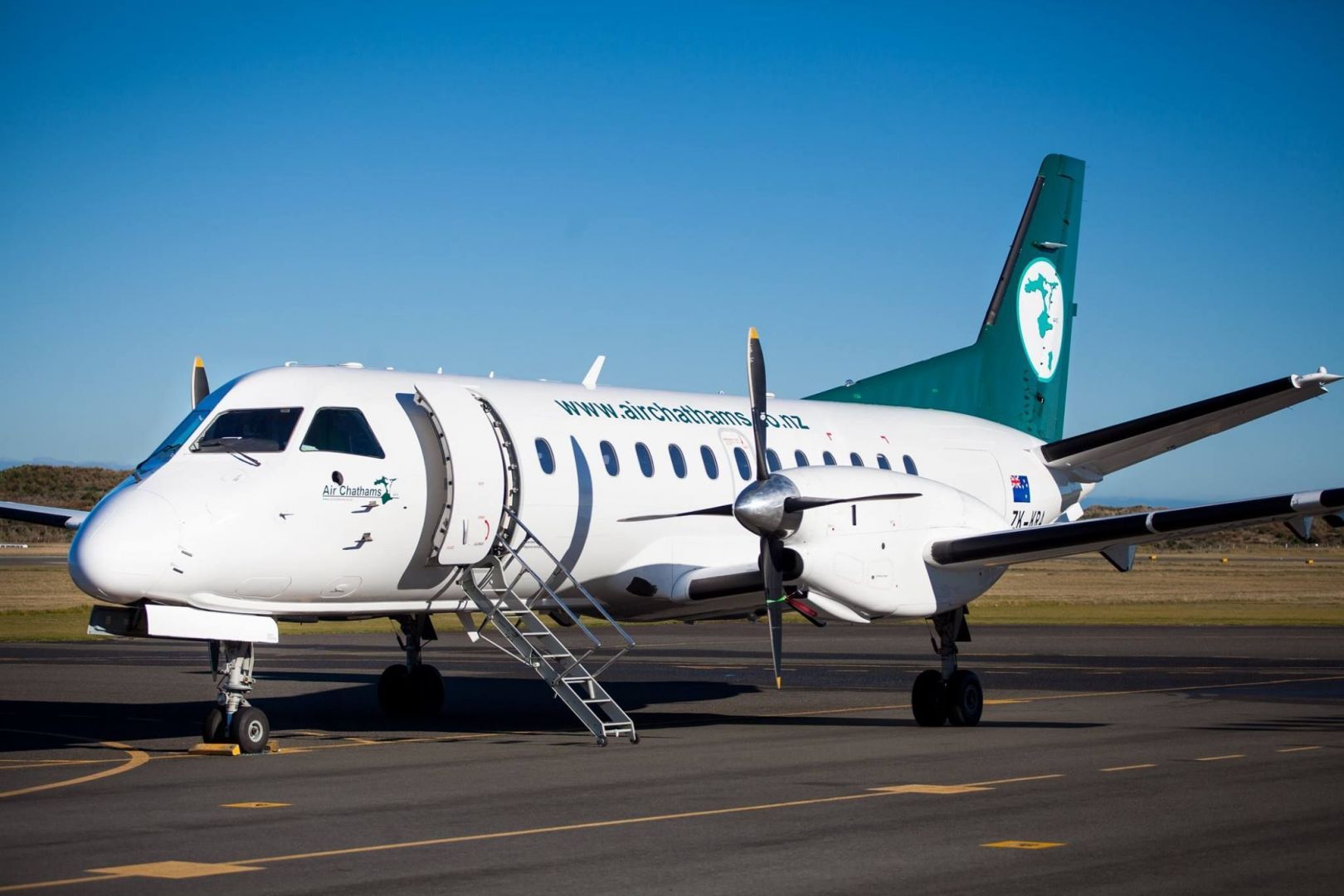Understanding the Revised Definitions of Additional and Discretionary Fuels in the EASA Fuel Update
The European Union Aviation Safety Agency (EASA) has recently made important revisions to the definitions of additional and discretionary fuels in their latest EASA Fuel Schema (CAT.OP.MPA.181). These changes are aimed at enhancing flight safety and ensuring that aircraft operators have adequate fuel reserves for different operational scenarios. In this blog post, we will explore the new definitions of additional and discretionary fuels and discuss how these updates can be implemented using the EFBOne layout editor.
New Definitions of Additional Fuel
Additional fuel, as per the revised EASA Fuel Schema, refers to the amount of fuel required for an aircraft to safely land at a fuel-en-route alternate aerodrome (fuel ERA aerodrome critical scenario) in the event of an aircraft failure that significantly increases fuel consumption at the most critical point along the route. It is important to note that additional fuel is only necessary if the planned contingency fuel is deemed insufficient for such an event.
The calculation of additional fuel should be based on either engine failure or loss of pressurization, whichever requires a greater amount of fuel. The following considerations should be included in the calculation:
- Flight from the most critical point along the route to a fuel en route alternate (fuel ERA) aerodrome, taking into account the relevant aircraft configuration.
- Holding at the fuel ERA for 15 minutes at 1,500 ft (450 m) above the aerodrome elevation under standard conditions.
- Fuel required for making an approach and landing at the destination alternate aerodrome.
New Definition of Discretionary Fuel
Discretionary fuel, on the other hand, refers to the additional fuel carried at the commander’s discretion. The commander of the aircraft has independent authority to decide the amount of discretionary fuel to be carried, and this decision cannot be influenced or influenced by others. The purpose of discretionary fuel is to provide an additional safety buffer that allows the commander to respond to unforeseen circumstances or deviations from the flight plan.
Implementing the EASA Fuel Regulations
To ensure compliance with the latest EASA fuel regulations, it is crucial for operators to update their EFBOne layouts with the revised definitions of additional and discretionary fuels. Fortunately, implementing these updates is a straightforward process, and many of our clients have already incorporated these changes into their layouts.
If you are using the Neo Layout editor, you can create and map the values received from a third-party provider to easily incorporate the new fuel definitions. For more detailed instructions on how to utilize this feature, you can refer to the Neo newsletter or consider applying for the upcoming EFBOne training session scheduled for August 14th to 17th. This training session will provide you with valuable insights on how to implement these updates yourself, ensuring that your operations remain compliant with the latest EASA fuel regulations.
The revised definitions of additional and discretionary fuels in the EASA Fuel Schema are designed to enhance flight safety and ensure that aircraft operators have adequate fuel reserves for various operational scenarios. By understanding these definitions and implementing the necessary updates in their EFBOne layouts, operators can ensure compliance with the latest EASA regulations. We encourage our clients to take advantage of the resources available, such as the Neo newsletter and the EFBOne training session, to effectively incorporate these updates and maintain the highest standards of safety in their operations.
- Loadmaster App - 10/08/23
- EASA Fuel Update - 12/07/23


